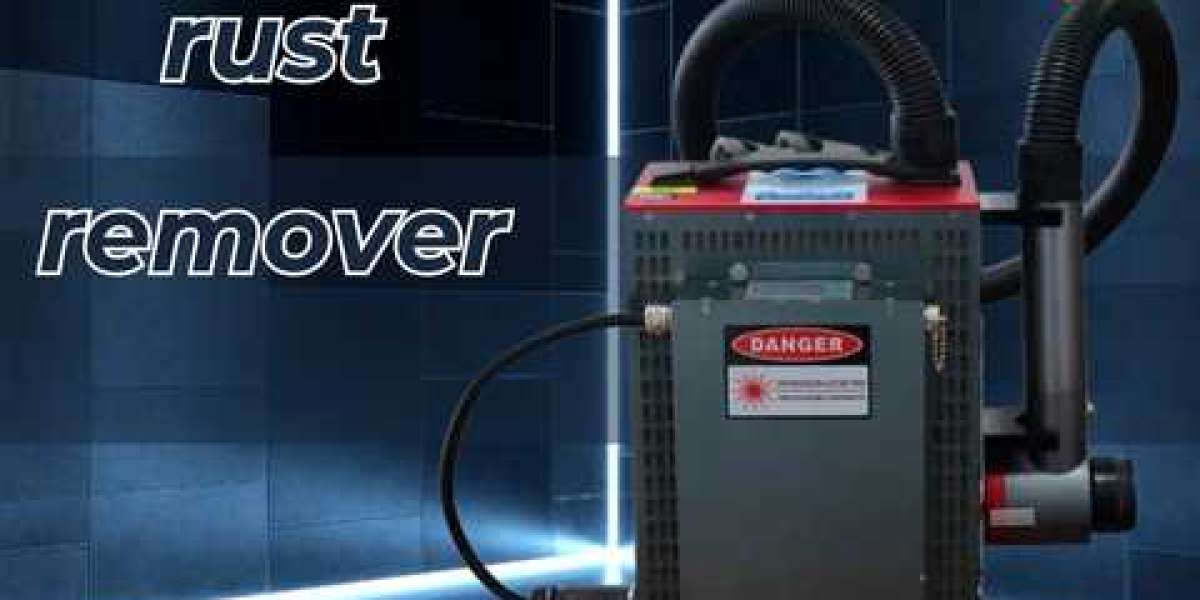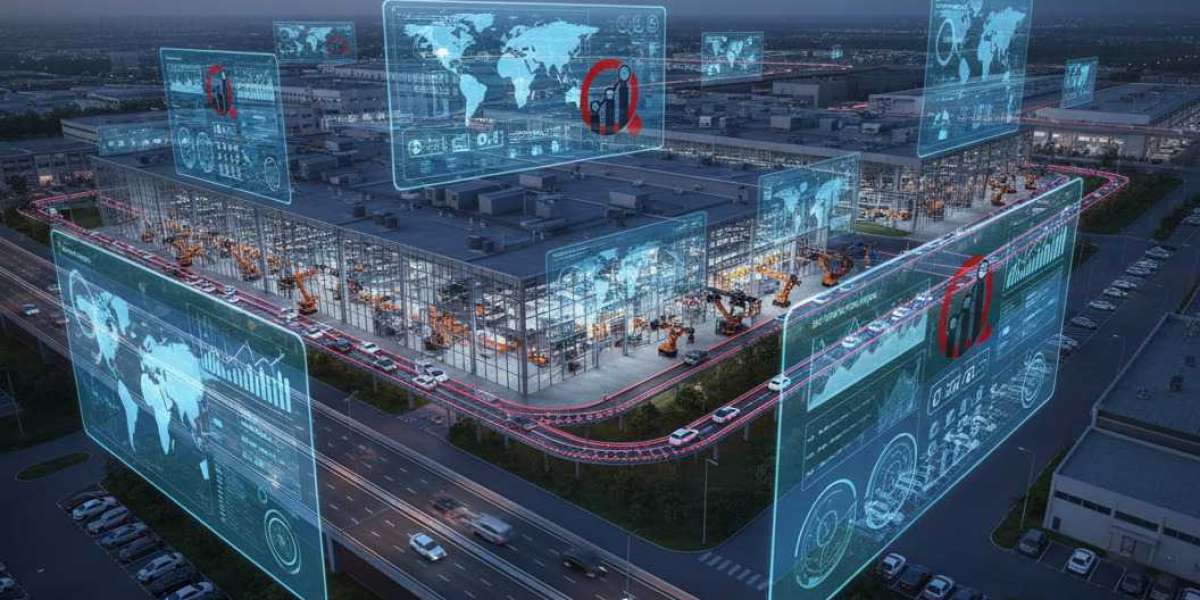This is where the laser rust remover has introduced a major change. It is not just a cleaning tool; it represents a technological shift that allows businesses and individuals to deal with corrosion in a cleaner, more controlled, and efficient way. Instead of relying on chemicals or abrasive materials, laser technology uses concentrated light beams to remove rust layers precisely without harming the base material.
Why Rust Removal Matters
Rust is more than a cosmetic issue. It is a chemical process that eats away at metal surfaces, weakening structural strength and leading to costly replacements. In industries such as aerospace, automotive, energy, and manufacturing, unchecked rust can cause safety hazards, operational downtime, and heavy maintenance expenses. Even on a smaller scale, in workshops or households, rust on tools, pipes, or equipment makes them inefficient and often unusable.
With a laser rust remover, maintenance teams and individual users gain the ability to extend the life cycle of metal parts while keeping surfaces clean and functional. This means reduced costs in replacements, minimized downtime in operations, and overall better performance of machines and structures.
How Laser Rust Removal Works
The core principle of the laser rust remover is fairly straightforward yet highly advanced in execution. A high-energy laser beam is directed at the corroded surface. Rust, which has a different absorption rate compared to the metal underneath, absorbs the laser’s energy, causing it to evaporate or break away. The base material, however, reflects the beam and remains untouched.
This selective process ensures that only the rusted layer is targeted, preserving the original properties of the metal. Unlike abrasive methods, there is no additional wear, scratching, or removal of protective coatings beyond the rust.
Depending on the level of corrosion, different laser settings can be applied, making it adaptable to light surface oxidation or deep rust buildup. This flexibility is why the laser rust remover has been adopted across industries ranging from heritage conservation to heavy machinery maintenance.
Applications Across Different Sectors
Automotive Restoration
Old vehicles, classic cars, and even modern automotive components face rust problems, particularly in humid climates. The laser rust remover helps clean chassis, body parts, and mechanical components without the risk of chemical residue or abrasive damage.Shipbuilding and Marine Industry
Saltwater accelerates rust at a rapid pace. Ships, ports, and offshore equipment constantly battle corrosion. With laser cleaning, maintenance crews can restore metal surfaces quickly, preventing long-term structural damage.Manufacturing and Tooling
Factories rely on machines that must operate continuously. Rust on gears, molds, or production tools causes inefficiency and product defects. By integrating a laser rust remover, manufacturers can maintain clean surfaces, reducing downtime and increasing overall productivity.Construction and Infrastructure
Bridges, pipelines, and steel structures are constantly exposed to weather and moisture. Using a laser rust remover during maintenance ensures that these critical infrastructures remain strong and reliable over the years.Art and Heritage Conservation
Beyond industrial use, laser technology plays a vital role in restoring metal artworks, statues, and historical artifacts. The controlled cleaning process ensures that delicate pieces are preserved while rust and contaminants are safely removed.
Cost and Time Efficiency
Traditional rust removal methods often require multiple stages: chemical treatment, manual scrubbing, protective coating, and sometimes even replacement of parts. This adds to labor costs, downtime, and disposal of hazardous waste.
The laser rust remover, on the other hand, condenses the process into a single, precise operation. There is minimal setup, no need for consumables like chemicals or blasting media, and the results are immediate. Businesses save both time and money while ensuring better cleaning results.
Safety and Environmental Impact
Rust removal methods using chemicals often involve harmful substances that are difficult to dispose of safely. Sandblasting and grinding create dust and waste that affect both workers and the environment.
By contrast, a laser rust remover is a contact-free process. No chemicals, no abrasive dust, and no extra materials are required. This makes it one of the cleanest and most environmentally responsible methods available today. Workers are exposed to fewer hazards, and industries can meet stricter environmental regulations without additional costs.
Growing Adoption in Global Industries
The adoption of laser rust remover machines is increasing globally as industries realize the long-term savings and efficiency. Automotive workshops are using portable handheld systems for quick cleaning. Large industrial plants are investing in automated laser systems that can handle large-scale rust removal with minimal human involvement. Even small businesses and repair shops are starting to see the value in switching to laser-based cleaning for everyday metal maintenance.
The growth of this technology indicates not just a temporary trend but a permanent shift in how rust and corrosion are managed. As the cost of laser systems continues to drop with technological advancements, accessibility for smaller businesses and individuals will further expand.
Future Outlook of Laser Cleaning
The demand for laser rust remover technology is expected to grow significantly over the next decade. With industries focusing on sustainability, safety, and cost reduction, more companies are moving away from chemical-heavy or abrasive cleaning methods. Research and development continue to improve laser efficiency, making them faster, more energy-efficient, and easier to operate.
Eventually, what is now seen as an advanced option may become the standard method of rust removal across industries. Workshops, factories, and even households may increasingly rely on this tool for everyday cleaning and maintenance tasks.
Final Thoughts
Rust has always been a challenge that weakens metals and disrupts industries. For decades, the solutions available were either harsh, labor-intensive, or environmentally damaging. The laser rust remover has changed this landscape by offering a precise, safe, and efficient way to clean metal surfaces without damaging the base material.
Its role is not limited to one industry—it stretches from automotive to marine, from construction to heritage conservation. As technology improves and costs decrease, the laser rust remover is becoming a standard solution for both industrial and personal use. It stands as a practical answer to one of the oldest problems faced in metal maintenance, ensuring that tools, machines, and structures remain strong, reliable, and long-lasting.



